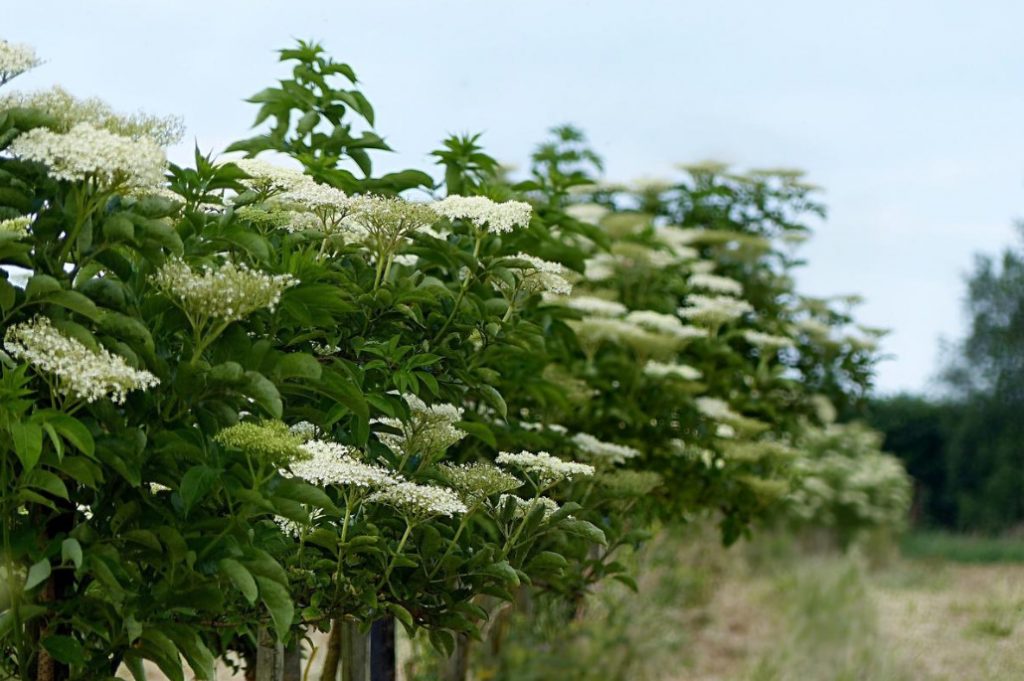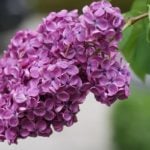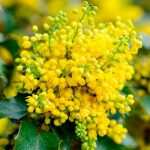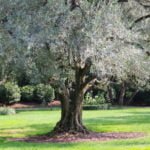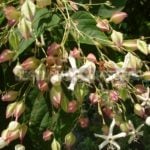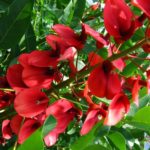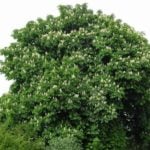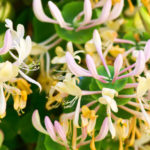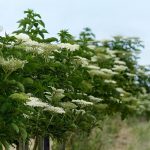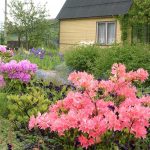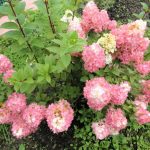Peculiarities of pruning of elderberry
All types, forms and varieties of elderberry, which were discussed, have a number of advantages when growing by the method of growth culture. This means that the plants are subjected to radical pruning every year or once every 2-3 years (“put on a stump”), leaving only stumps about 10 cm high.
In this case, the elderberry gives abundant growth. The Bush becomes more dense, the shoots are stronger (during the season they grow by 1.5-2 m), they grow large and healthy leaves. This is especially important for varieties with unusual color of leaf plates, which after such a radical pruning acquire a more intense color.
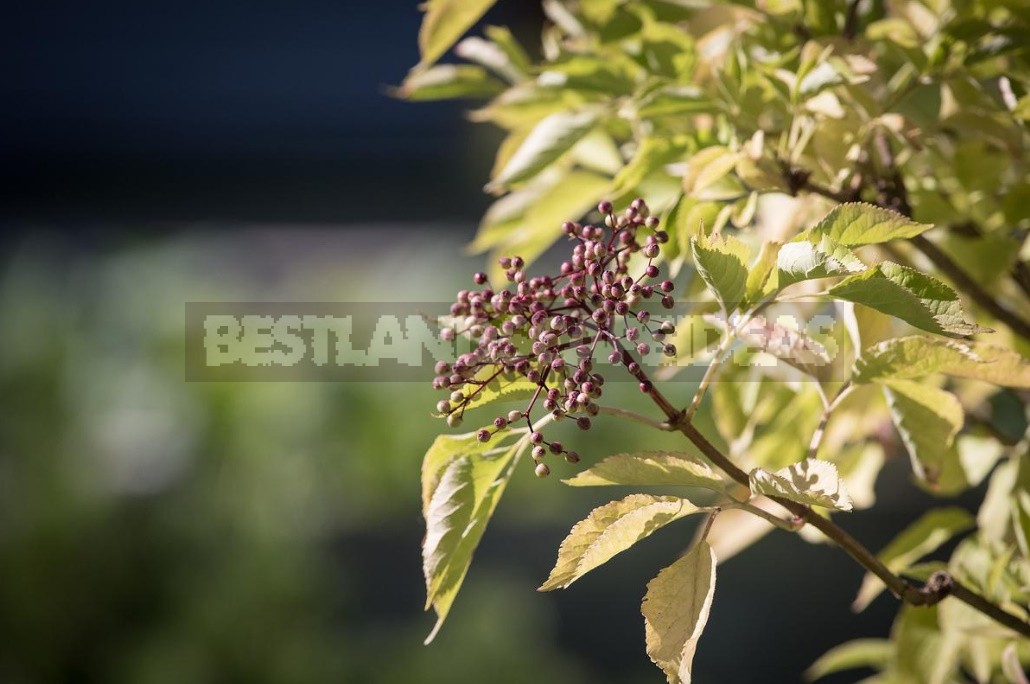
This is also important for species that freeze in the middle zone — for example, Sambucus nigra. You will not cut it-nature will do it for you, using winter frosts as a pruner. When pruning, many plants have time to grow, blossom and even tie the fruit, i.e. they behave like herbaceous perennials, biologically remaining shrubs.
For non-freezing species (Sambucus racemosa), this is a good anti-aging pruning that has a positive effect on the appearance of the plant. It is interesting that the English, who do not have “frozen” elderberry species, nevertheless practice regular pruning in order to increase the decorative quality of the bushes. What is stopping us?
Pests and diseases
It is difficult to talk about the pests of elderberry — it repels pests even from plants growing in the neighborhood (which is sometimes used). However, there are some “heroes” who attempt to kill her. Among them:
- elderberry Agromyzidae;
- elderberry leaf mite.
Propagation of elderberry
There are various ways to reproduce forms and varieties of elderberry. If you want to multiply your Bush in small quantities – for yourself and a good neighbor, then use the method of layering. To do this, pin a few shoots to the ground, sprinkle it with the same and keep this place shaded and moist. Layering is sure to take root. If you need a lot of plants, then use the method of green cuttings. Cuttings are best cut in June or July.
Interesting facts about elderberry and its useful properties
If you get your hands dirty with fruit juice or herbs while working in the garden, rub the Sambucus racemosa berries in your hands and then rinse them with clean water.
There are several explanations for the Latin name of the genus elderberry, which sounds like Sambucus.
According to one version, it comes from an ancient Iranian three-stringed instrument called Sambuk, which, according to legend, was made from the wood of this plant.
On the other-from the Greek word “sambyx” — “red paint” (elderberry really has coloring properties).
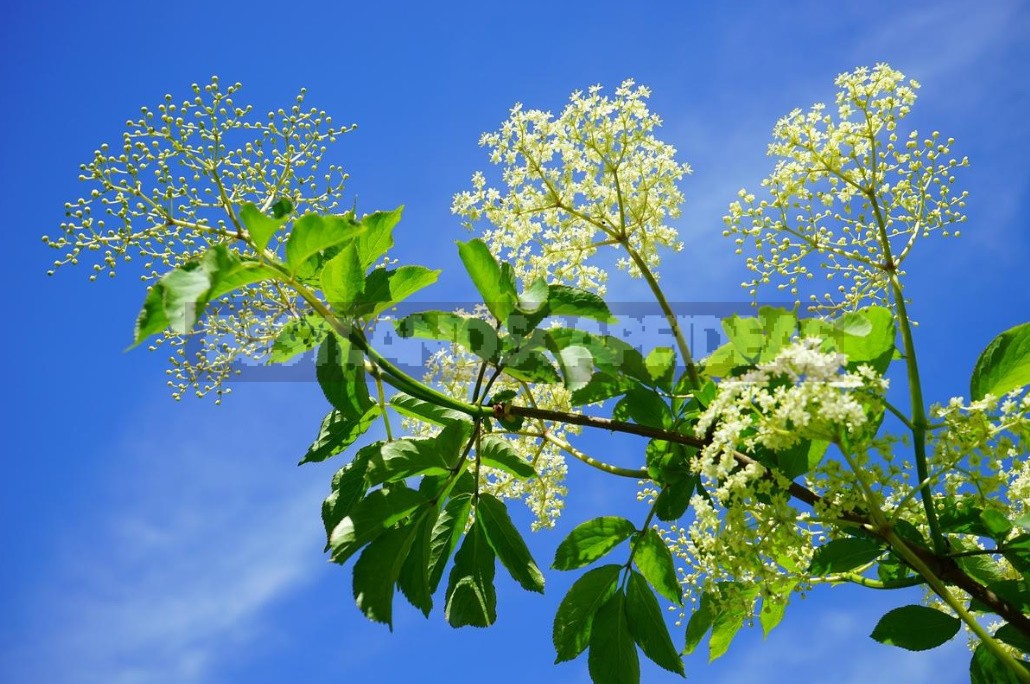
Sambucus nigra fruits are edible after heat treatment (without it, they are a good laxative), sweet and sour in taste. There are legends about their useful properties, which tell how long people lived who ate these berries.
The shoots and leaves of Sambucus racemosa have a rather unpleasant smell. And not only for humans, but also for animals and insects, which people began to use for their own purposes. Laying broken branches in molehills, repel moles; planting at toilets and latrines – flies; planting places for grazing animals-do not allow the herd to run away, etc.
